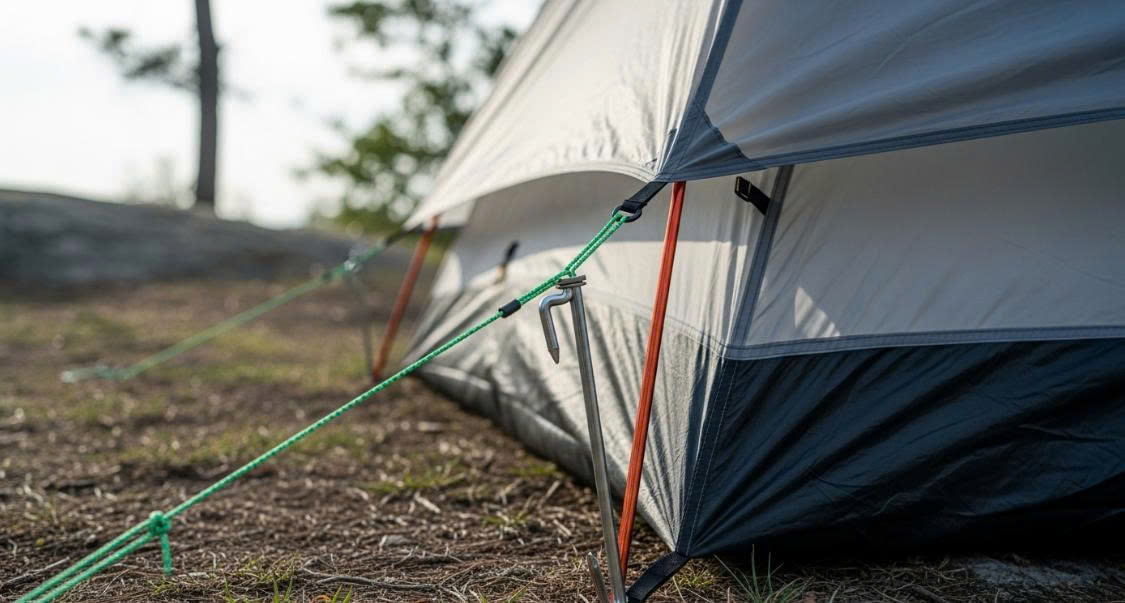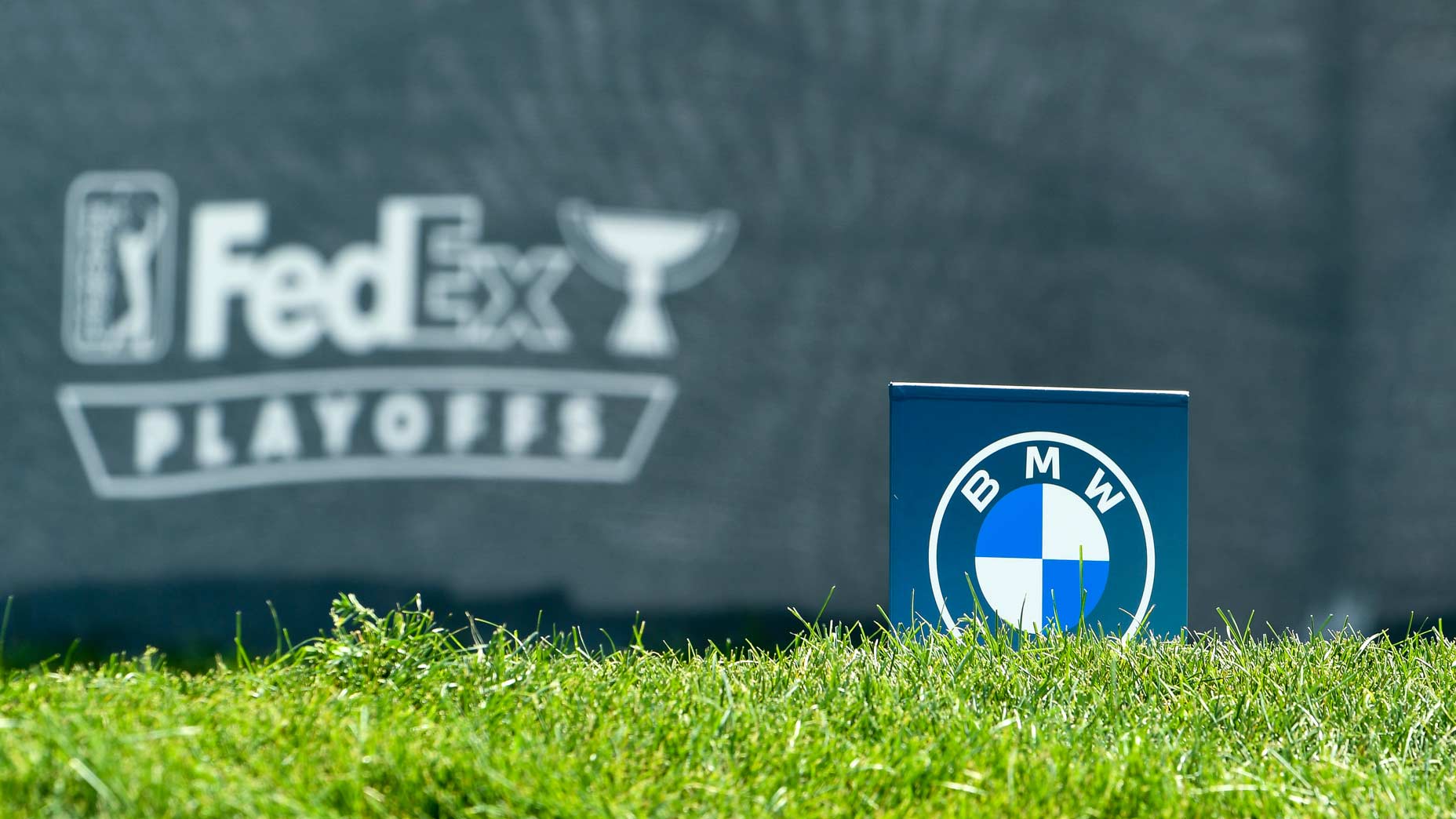According to a 2024 report by Grand View Research, the global food packaging market is expected to reach $456 billion by 2028, driven by demand for sustainable packaging products. Poor packaging choices can lead to spoilage, regulatory fines, or customer dissatisfaction, while innovative product packaging can boost sales and loyalty. Key factors to consider include safety (compliance with FDA or EU standards), sustainability, cost, and suitability for specific foods (e.g., perishables, dry goods). Below, we compare 10 popular food packaging materials to guide your decision.
1. Glass
- Overview: Glass is a durable, non-toxic material used for jars, bottles, and containers.
- Pros: Fully recyclable, reusable, and chemically inert, ensuring no flavor transfer. Ideal for premium food packaging like sauces or beverages.
- Cons: Heavy, increasing shipping costs, and breakable, requiring careful handling.
.png)
- Best For: High-value products (e.g., artisanal jams, olive oil) where transparency and reusability enhance brand appeal.
- Cost: Moderate to high ($0.50–$2 per unit).
- Sustainability: Highly recyclable but energy-intensive to produce.
2. Plastic (PET)
- Overview: Polyethylene terephthalate (PET) is lightweight and versatile, used for bottles and trays.
- Pros: Affordable, durable, and widely recyclable. Offers good barrier properties for food packaging.
- Cons: Non-biodegradable, with recycling rates varying by region (UK: ~59% for PET in 2024).
- Best For: Beverages, snacks, and ready-to-eat meals needing lightweight packaging products.
- Cost: Low ($0.10–$0.50 per unit).
- Sustainability: Recyclable but contributes to plastic pollution if not properly managed.
Read more: Dietary Approaches in the Management of Diabetic Patients with Kidney Disease
3. Biodegradable Plastics (PLA)
- Overview: Polylactic acid (PLA) is derived from corn starch or sugarcane, used for cups and containers.
- Pros: Compostable in industrial facilities, reducing landfill waste. Suitable for eco-friendly product packaging.
- Cons: Limited composting infrastructure; less durable than PET for long-term storage.
- Best For: Short-shelf-life products like fresh produce or takeaway containers.
- Cost: Moderate ($0.20–$0.80 per unit).
- Sustainability: Compostable but requires specific facilities to break down.
4. Paperboard
- Overview: Made from compressed paper fibers, paperboard is used for boxes and cartons.
- Pros: Lightweight, recyclable, and customizable for branding in food packaging. Often coated for moisture resistance.
- Cons: Not suitable for liquids unless lined; less durable than plastic.
- Best For: Dry goods (e.g., cereals, snacks) or bakery items.
- Cost: Low to moderate ($0.15–$0.60 per unit).
- Sustainability: Highly recyclable; FSC-certified options ensure sustainable sourcing.
5. Aluminum
- Overview: Aluminum is used for cans, foils, and trays, offering excellent barrier properties.
- Pros: Lightweight, recyclable, and protects against light, air, and moisture. Ideal for long-shelf-life packaging products.
- Cons: High production energy; not suitable for microwave use.
.png)
- Best For: Canned foods, beverages, or ready meals (e.g., tuna, soft drinks).
- Cost: Moderate ($0.30–$1 per unit).
- Sustainability: Infinitely recyclable with a 75% recycling rate in the UK (2024 data).
6. Cardboard
- Overview: Corrugated cardboard is used for boxes and secondary product packaging.
- Pros: Strong, recyclable, and cost-effective. Customizable for e-commerce food packaging.
- Cons: Not waterproof unless treated; bulky for storage.
- Best For: Shipping frozen or dry foods (e.g., pizza boxes, meal kits).
- Cost: Low ($0.20–$0.70 per unit).
- Sustainability: Widely recyclable; biodegradable if untreated.
7. Bamboo
- Overview: Bamboo-based materials are used for trays, bowls, and utensils, often as a sustainable alternative.
- Pros: Biodegradable, renewable, and aesthetically appealing for eco-friendly packaging products.
- Cons: Higher cost; limited availability for large-scale use.
- Best For: Premium or artisanal foods (e.g., sushi trays, organic snacks).
- Cost: High ($0.50–$2 per unit).
- Sustainability: Biodegradable and fast-growing, but processing can be energy-intensive.
8. Molded Pulp
- Overview: Made from recycled paper or plant fibers, molded pulp is used for trays and egg cartons.
- Pros: Compostable, lightweight, and customizable. Reduces plastic use in food packaging.
- Cons: Limited to dry or semi-moist foods; less durable than plastic.
- Best For: Eggs, fruits, or fast-food trays.
- Cost: Low to moderate ($0.15–$0.50 per unit).
- Sustainability: Compostable and recyclable; eco-friendly production.
9. Tinplate
- Overview: Steel coated with tin, used for cans and containers in food packaging.
- Pros: Durable, recyclable, and excellent for long-term storage. Prevents contamination.
- Cons: Heavier than aluminum; prone to rust if damaged.
- Best For: Preserved foods like soups, vegetables, or fish.
- Cost: Moderate ($0.40–$1.20 per unit).
- Sustainability: Recyclable with a high recovery rate; energy-intensive to produce.
10. Edible Packaging
- Overview: Made from natural ingredients like seaweed or starch, used for wrappers or pouches.
- Pros: Fully biodegradable and innovative, reducing waste in product packaging.
- Cons: Limited shelf life; not suitable for all food types; expensive.
- Best For: Novelty or single-use items (e.g., candy wrappers, drink pouches).
- Cost: High ($0.80–$3 per unit).
- Sustainability: Zero waste but requires consumer education for adoption.
Choosing the Right Food Packaging Material
Selecting the best food packaging material depends on your product, budget, and goals. Here’s how to decide:
1. Assess Your Product’s Needs
- Perishables: Use materials with strong barrier properties like aluminum or PET for meats and dairy. For fresh produce, PLA or molded pulp ensures breathability.
- Dry Goods: Paperboard or cardboard works for cereals or snacks, balancing cost and recyclability.
- Liquids: Glass or PET bottles are ideal for beverages, with glass offering premium appeal.
2. Prioritize Safety and Compliance
All packaging products must comply with food safety regulations, such as EU Regulation 1935/2004 or FDA standards. Glass, aluminum, and tinplate are inert, minimizing chemical leaching. PLA and edible packaging require certification to ensure they’re food-safe. Always verify supplier compliance, especially for imported materials.
.png)
3. Consider Sustainability
Eco-conscious consumers prefer sustainable product packaging. Bamboo, molded pulp, and PLA are biodegradable, while glass, aluminum, and paperboard are recyclable. A 2025 Mintel report found 68% of UK consumers prioritize eco-friendly packaging, making sustainability a competitive edge. Choose FSC-certified paper or recycled plastics to align with green trends.
4. Evaluate Cost and Scalability
Small businesses may opt for low-cost options like paperboard ($0.15/unit) or PET ($0.10/unit), while premium brands might invest in glass or bamboo for brand differentiation. Edible packaging, while innovative, is costly and less scalable for mass production.
5. Factor in Consumer Experience
Food packaging influences purchasing decisions. Glass jars or bamboo trays convey premium quality, while cardboard boxes suit e-commerce convenience. Smart packaging (e.g., QR codes on PET bottles) can enhance engagement by providing nutritional or sourcing information.
Practical Tips for Testing and Implementing
- Request Samples: Test materials for durability, weight, and aesthetics before bulk ordering.
- Pilot Small Batches: Start with a small run of PLA or molded pulp to gauge customer response.
- Check Recycling Infrastructure: Ensure your region supports recycling or composting for chosen materials (e.g., PLA requires industrial composting).
- Partner with Suppliers: Work with reputable suppliers like DS Smith or Smurfit Kappa for certified, sustainable packaging products.
Challenges and Future Trends
Challenges include balancing cost with sustainability and navigating varying recycling capabilities. For example, PLA’s composting needs limit its practicality in some regions. High-cost options like edible packaging may deter small businesses. In 2025, trends like smart packaging (e.g., sensors for freshness) and upcycled materials (e.g., agricultural waste) are gaining traction, offering innovative solutions for food packaging.
Conclusion
Choosing the right food packaging material is a strategic decision that impacts safety, sustainability, and brand perception. Glass and aluminum offer durability and recyclability for long-shelf-life products, while PLA and molded pulp cater to eco-friendly needs. Paperboard and cardboard provide cost-effective options, and edible packaging pushes innovation boundaries. By assessing your product’s requirements, budget, and consumer preferences, you can select packaging products that enhance your product packaging strategy. In 2025, aligning with sustainable trends and regulatory standards ensures your food packaging not only protects but also elevates your brand in a competitive market.

.png)
.png)


.png)
.jpg)
.jpg)



.png)
.png)



